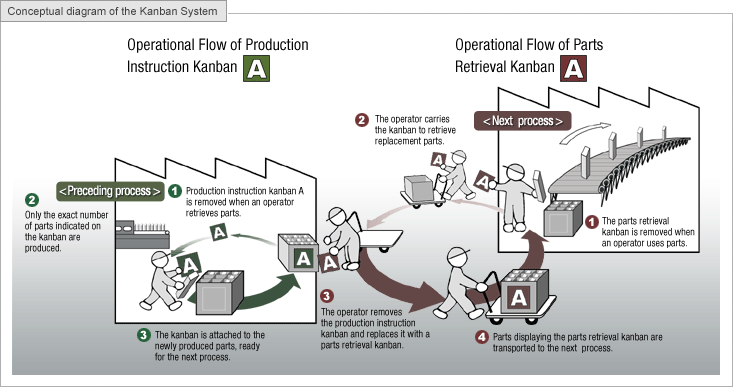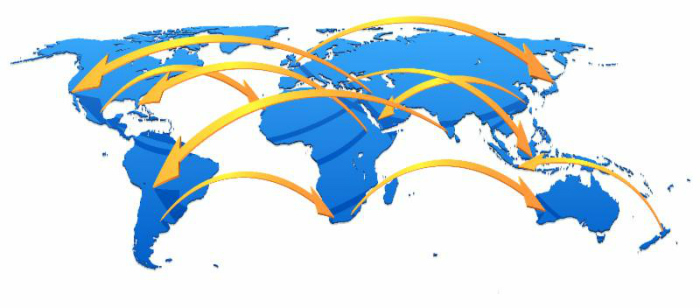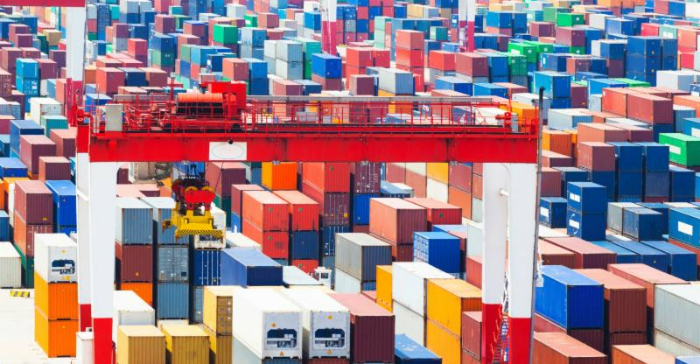You’ve gotten your product manufactured overseas and managed to save a few bucks too by doing it across the water. Great. But that’s only the first (admittedly large) step. The next big challenge is shipping the product back to the U.S. without losing all those saving to unexpected high import duties. Amongst the current political talk regarding trade, it is more important now than ever to pay close attention to how the import process can affect you and your goods.
Continue reading “How Determining the Right Tariff Classification Can Affect Your Business”






